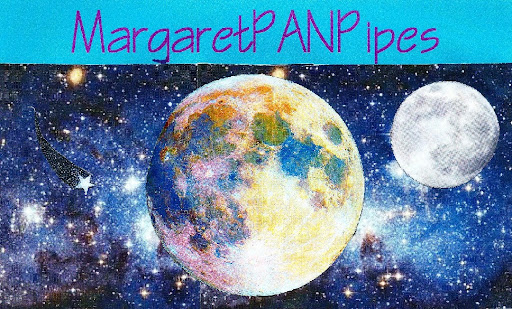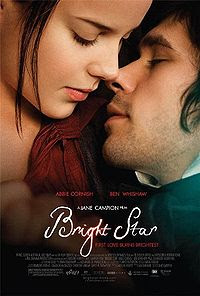
The blizzard of 2010 was like going back in time to the Wisconsin winter of 1907. It snowed for days. We lost power, heat, water, lights. In A Reliable Wife by Robert Goolrick, this was the life they faced in the grim Wisconsin winter of 1907.

Wisconsin, early 1900's

Northeastern United States, 2010
Is the setting of Wisconsin's bitter winter of unrelenting snow meant to represent "quiet desperation" or the white purity of redemption?
The premise is that a stern, well-to-do businessman (after a wild misspent youth, we discover) has advertised for a wife, and she is on her way to meet him.

Typical dress, early 1900's
Catherine isn't what she seems, either. A St. Louis dissipated demi-mondaine steps off the train a demure, disciplined fiancee.

St. Louis vintage mansion
Goolrick sees his characters as psycholoigal studies: distorted by difficult childhoods or having discarded their moral compasses. Jung had a very different idea in that we aren't so much formed by our childhoods as by our universal archetypes (Memories, Dreams, Reflections) and thier dualty in the mirror. Catherine is the prostitute / reliable wife, Ralph the victim / chief, Anthony the child / profligate.
We can add our will by the choices we make. I love how Catherine was able to change herself into someone creative, artistic: she sewed, played the piano, introduced a red singing bird in a cage. The complete transformation from the frozen tundra was the imagining of an Italian "giardino segreto," "a secret garden, the lemon house, fragrant in the evening and in the day a barrage of color and foliage. She read about the hellebores, which burst with blossom through the late winter snows, the foxgloves and delphinium and the old Bourbon roses. She read about heliotrope and amaranthus and lilies. She read about the hostas that thrived in shade, and the Japanese painted fern, its delicate leaves fringed with indigo brush strokes. She said the names over and over, cataloguing them: calendula, coleus, and coreopsis. She was enchanted."
























































































